The Deadly Snakes of Sri Lanka
An unavoidable prelude to any journey is convincing my mother that the destination is safe and that I won’t suffer an agonizing death in a foreign land, far from those who love me. In this respect, Sri Lanka presented more of a challenge than usual.
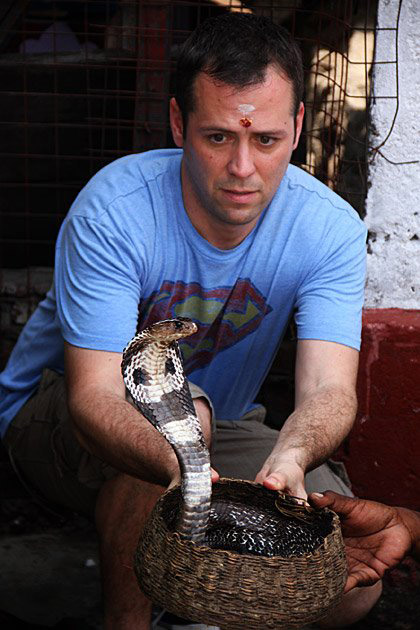
Oh, did I pick and choose the statistics which I casually revealed to my mom! “Huh, would you look at that? Sri Lankans have one of longest average life-spans in Asia.” Or: “Wow! Who’d have thought that Sri Lanka’s literacy rate would be so high? Isn’t that amazing, Mom?” And: “It’s so nice that the Civil War is over and done with, completely, and there’s nothing more to worry about on that front, at all, since it’s finished now, and peace and love reign supreme in this magical place that I think I’ve heard some people call The World’s Very Most Safest Island.”
But my trickery was for naught. “Michael. Come over here.” Oh no, she’s opened up the internet! She’s gone straight to Google and keyed in Sri Lanka Danger Death. (Though it’s doomed me in this case, I remain silently proud of her web smarts). “Michael Ross Powell! It says here that Sri Lanka has the highest per capita rate of snakebite deaths in the world“.
Busted! Fine, mother, it’s true. In no other country are you more likely to drop dead of a snake bite than in Sri Lanka. It’s the world leader. Tropical, verdant Sri Lanka is a snake paradise; a fertile breeding ground of evil. 96 species of snakes have been recorded here, more than half endemic to the island. 32 of them are venomous, and twenty of these are deadly: seven land snakes and thirteen sea serpents.
Cobras are the most famous of Sri Lanka’s snakes. They’re found all over the island, except for a small zone in the highlands. This hooded killer is both feared and venerated here; statues of cobras are perhaps only second to Buddhas in places of worship. They’re also popular with snake charmers, who can be found hanging around any large tourist site. We had the chance to meet one during our time in Colombo (Mom, you may want to avert your eyes, now):
The common krait is another of Sri Lanka’s deadly snakes. This fellow can grow over five feet in length and delivers a powerful neurotoxin that results in paralysis and eventual death by suffocation. They’re nocturnal, so encounters with humans are rare. But during the rainy season, they often seek evening shelter inside of a house and are a danger to sleepers. The bite isn’t very painful, akin to a mosquito or spider, so there’s a good chance that you wouldn’t even wake up. Until you’re choking on your own tongue.
The good news about the saw-scaled viper is that it’s mostly confined to the Jaffna peninsula. The bad news? We had ten days planned there!! Its toxin causes massive kidney failure and something called hematemesis (not sure what that is, maybe I should Wikipedia it… [reading] … oh god oh god oh god).
Cobras are perhaps the most terrifying, but they’re not the most deadly of Sri Lanka’s snakes. No, that distinction goes to the god awful Russell’s Viper. These large snakes are common in populated areas, where they hunt the rodents that live among humans. They’re mostly nocturnal and often found on roads at night. If bitten by one, you’re in trouble. They can deliver over 250mg of venom, and it takes only 40 to 70mg to kill a man. Nothing like making extra-sure, eh, you stupid snake? The bite will immediately swell up, and you’ll start bleeding. From your gums. In your urine. You’ll be in severe pain for up to two weeks, after which you might die of kidney failure.
The most important thing in the case of any snake bite is to immediately seek treatment. Even in the case of the Russell’s Viper, you’re very likely to survive if you get to a hospital right away. Sri Lankan clinics, predictably, are well-equipped to handle snake bites. Also, try and identify the type of snake which bit you, and you’ll save a lot of time once you arrive. Our plan (yes, we have a plan) is to take a picture of the snake, and then get to a hospital.
See mom? Nothing to worry about. Hospitals are prepared and we have a fail-proof survival plan! Now, log off Google and WebMD and YouTube, and relax. We’re as safe as can be.
–Read about the venomous snakes of the world!
Deadly Snakes Of Sri Lanka
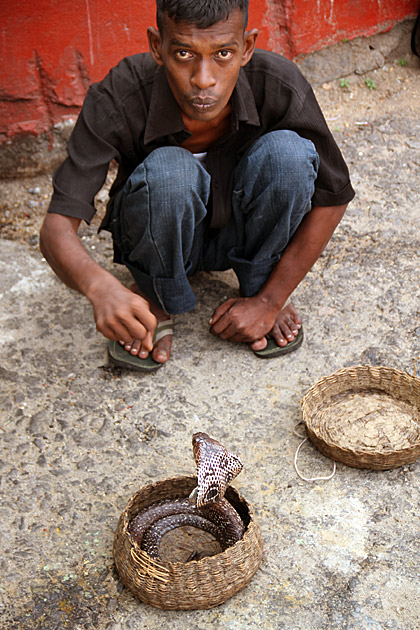
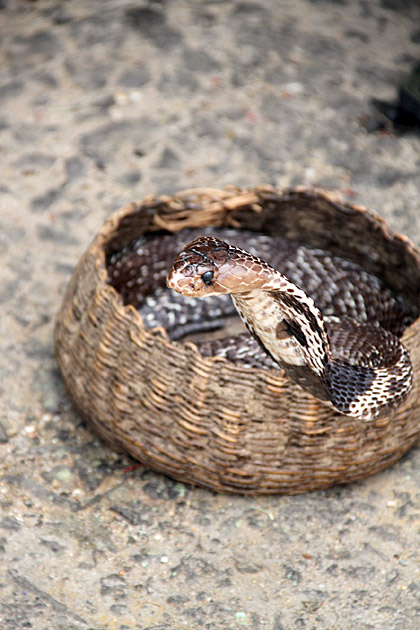


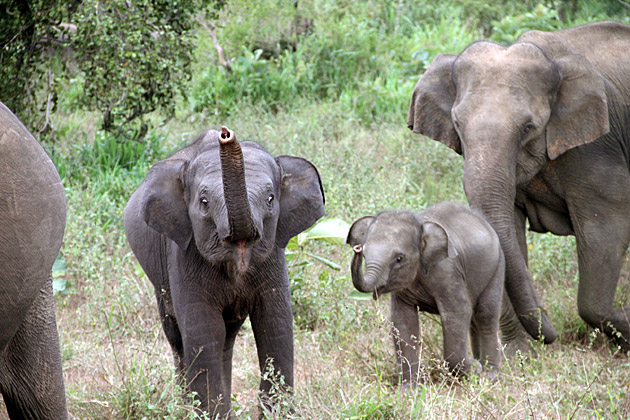
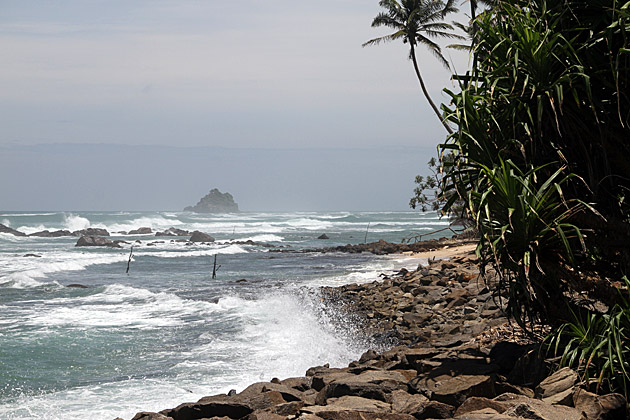
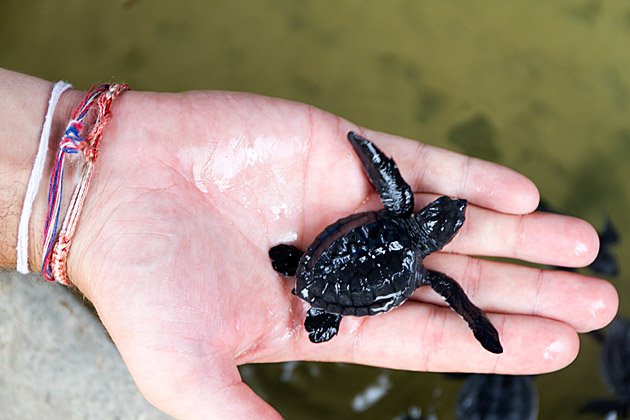

Pingback: Booty Shake And Other Musings (Gifs)
Pingback: Mit dem Arsch Wackel Gifs
Pingback: The Truth About Venomous Snakes in Sri Lanka
I love your Mom. She’s just like me! Trouble is my daughter is headed to Sri Lanka in a few moths. OYOYOYLove your sense of humor. 😉
Very informative blog – as a mother with an aversion to replies, I should have read your blog before I booked Sri Lanka. However, if we all fear so much we wouldn’t travel would we? So armed with your great recommendation of if bitten, try to get a photo of the snake before you head to the nearest hospital, I feel much better equipped to be able to enjoy this exciting tour of Sri Lanka.Thank you.
Glad you’re liking the blog! We didn’t have any problems with snakes in our 91 days there, although it’s important to be aware of the risk. It’s also encouraging to keep in mind that Sri Lanka’s medical system is very well-equipped to deal with snake bites, should they happen. Hope you have a great trip!
Funny! But the likelihood is that you will never see a snake in your 91 days, unless you stop by a snake charmer or you go deep into rural areas, which you’ll probably not do. Snakes live around rural areas where there are natural water wells and streams. The city council does not collect waste from rural areas and the people are forced to collect their own waste and dispose of them. These snakes love such breeding ground of rats, mice and toads. Also, snakes are fond of chicken eggs, which are in good supply in free range domestic mini-farms which also you can see only in rural areas. They often roam around these areas but in urban areas and immediate outskirts, you won’t find any snakes at all. The venomous teeth, the fangs of cobra with the hood you find in snake-charmers’ basket are all pulled out by the ignorant bastard charmers, so they are not venomous. The charmer who shows his snake-bite in the photo shows a bite from the time he perhaps caught the snake. So snakes will never be a problem for you but beware of mosquitos. Enjoy your stay…
HiWe were at the Royal Botanical Gardens, Peradeniya in February and we saw a snake about 4 foot long. It did not look dangerous and it slid off around the bottom of a large tree trunk.
I’ve been in Galle for two days and seen two snakes. Both probably harmless to humans but even so….
Just found your site while trying to identify a large green grey snake I nearly trod on in southern Sri Lanka. Narrowed down to rat snake or cobra. Only been here a few days. Rupert & FannyBig Bike Tripwww.bigbiketrip.net
Just saw a cobra on the beach near my pool in Induruwa. 3 guys(hotel security) immediately stood between the snake’s hole and the pool so that I could get out quickly. They coaxed it out of the hole with a bit of gasoline–it was under a large pot next to pool. Amazing! It was only about 3 meters long and greenish. When one guy prodded it towards the nearby jungle, it hissed and stood up with hood spread! I took a short video from a distance. Whew!
Pingback: The Cobra Snake Whisperer Taming
Pingback: Meet Animals While Traveling
Just returned from Sr Lanka, snake count 2. One massive brown snake in the forest around Kandy, another I swear was a young cobra gunning toward my sunlounger on the beach in Ahangama. I took a photo and fled. The hotel receptionist gulped audibly, then said oh no madam this is not a poisonous snake. Two seconds later all hotel staff were on the beach with long sticks. Would love to post the photo for identification purposes. Before Sri Lanka I have never encountered a snake in my whole 60 years of life. I hate snakes but I loved Sri Lanka.